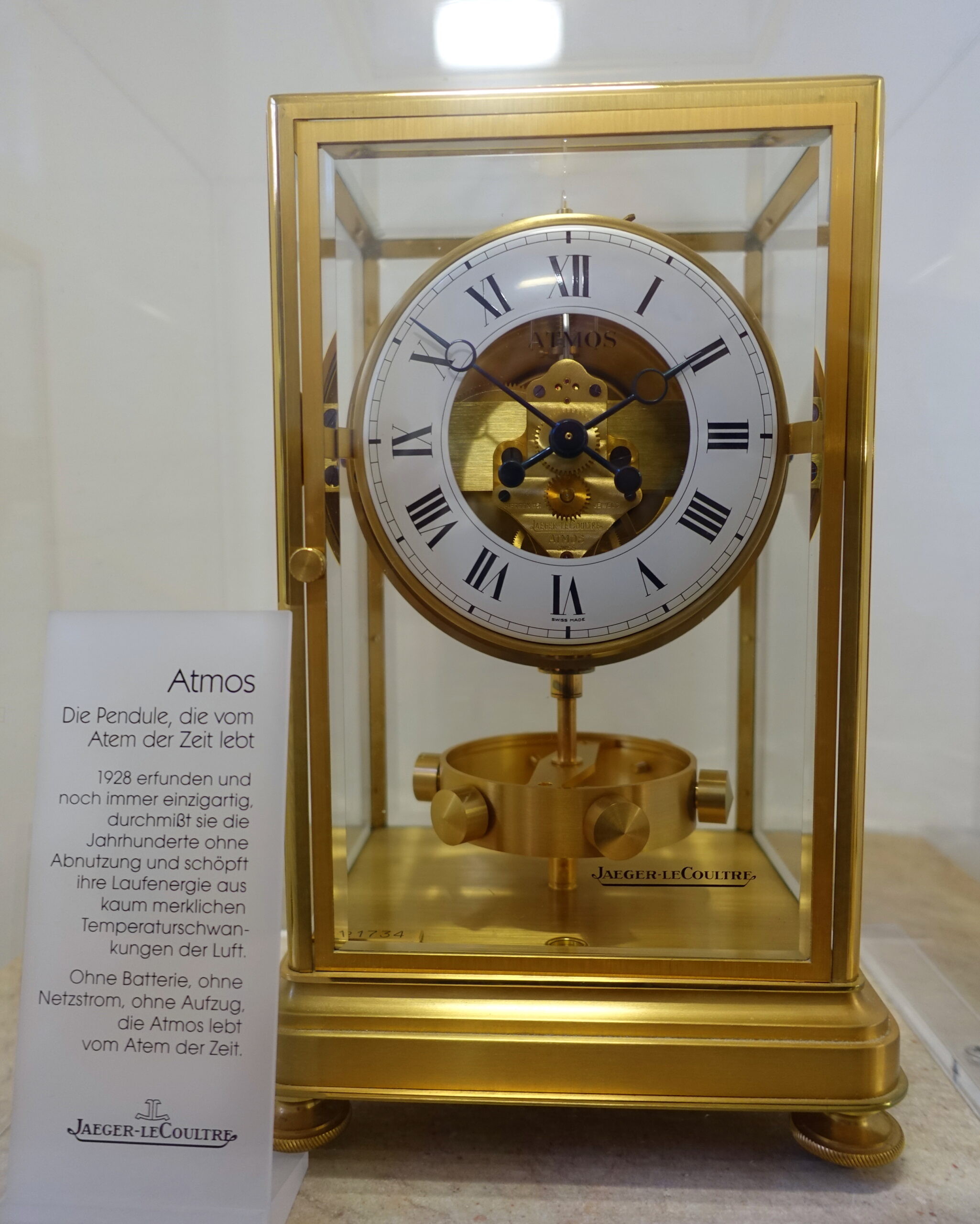Sometimes, the strangest ideas end up making the biggest impact. Throughout history, inventions that seemed odd or unnecessary at first have gone on to change the way we live, work, and play. From everyday objects like paperclips and Velcro to more peculiar creations like the Slinky and bubble wrap, these unusual innovations have found their place in our daily routines. They may not have been designed with world-changing intentions, but their influence is undeniable. Here’s a look at 20 strange inventions that ended up shaping the world in surprising ways.
Slinky
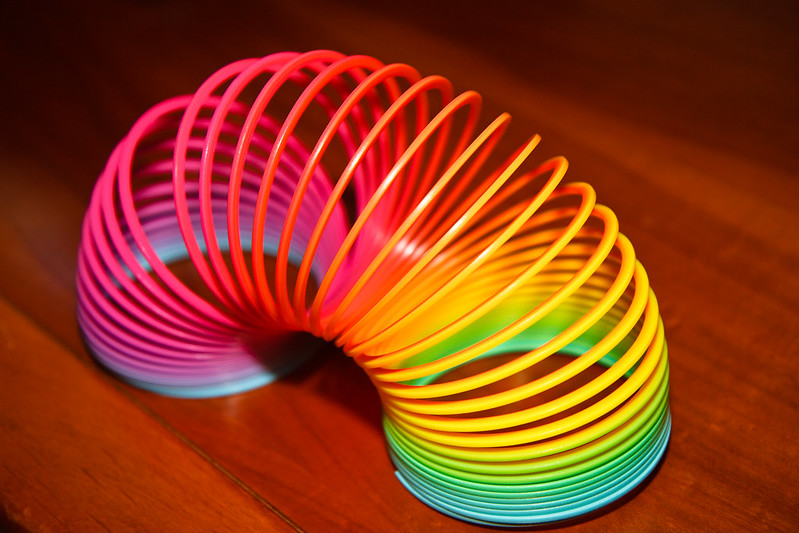
What began as a simple accident in 1943 turned into one of the most iconic toys ever made. The Slinky, originally intended to stabilize equipment on ships, found its fame when it gracefully “walked” down a set of stairs. Its quirky and mesmerizing motion made it a must-have toy. Kids were fascinated by how it moved as if it had a life of its own. Today, it’s recognized not just as a toy but also for its practical uses in physics demonstrations. What started as a mistake became a global phenomenon.
Bubble Wrap

Initially designed as wallpaper in the late 1950s, bubble wrap didn’t catch on for home décor but found a far more practical use in packaging. The inventors discovered that the plastic material’s unique air-filled pockets were perfect for protecting fragile items. Over time, this seemingly odd invention revolutionized shipping industries around the world. The joy of popping the bubbles has also turned it into a popular stress reliever. Today, bubble wrap is indispensable in the shipping industry. Who knew wallpaper could have such an impact?
Velcro

Inspired by nature, Swiss engineer George de Mestral stumbled upon Velcro while observing burrs sticking to his dog’s fur. This strange observation led to a revolutionary fastening system using tiny hooks and loops. Originally met with skepticism, Velcro has since found uses in fashion, sports, space exploration, and more. NASA played a key role in popularizing it when they used it in astronaut suits. Despite its odd origin, Velcro is now a household name. Sometimes, solutions are hidden in the everyday things we overlook.
Post-it Notes

Post-it Notes were born from a failed adhesive experiment in the 1960s. The weak glue was meant to be strong, but instead, it could be easily peeled off without leaving residue. Initially dismissed as useless, a 3M employee saw potential and used the adhesive to stick notes in his hymnbook. Fast forward to today, Post-its are found in offices, schools, and homes worldwide. They’ve changed how we leave reminders, communicate, and organize. This tiny invention made from a failed experiment became a global staple.
The Frisbee

What began as a pie tin for tossing between college students evolved into the beloved Frisbee. In the 1950s, toy company Wham-O took the idea and perfected it, creating a disc that could fly farther and more accurately. The simplicity of this invention belies its global popularity. It led to the creation of Ultimate Frisbee, a sport now played competitively worldwide. From a simple kitchen object to a modern-day sport, the Frisbee has truly flown into history. Sometimes, fun is found in the simplest objects.
Super Glue
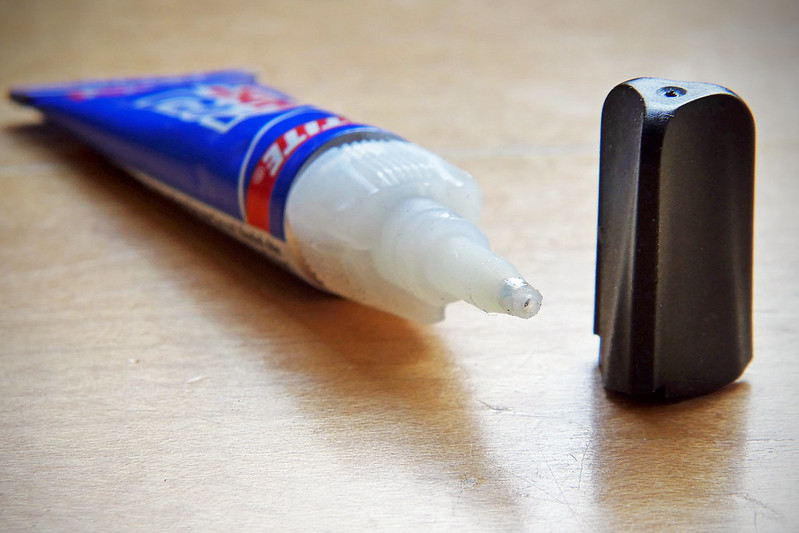
Super Glue’s origins are as sticky as the product itself. During World War II, scientists were trying to create clear plastic gun sights but instead stumbled upon an incredibly strong adhesive. Although initially discarded, its adhesive strength was later recognized, and it became a household staple. From household repairs to medical uses like wound closure, Super Glue is now essential in various industries. What was once an accidental discovery is now a vital tool for everyday life. Mistakes sometimes lead to remarkable innovations.
Potato Chips

In 1853, a chef’s frustration over a customer’s complaint about soggy fries gave birth to the potato chip. By slicing the potatoes paper-thin and frying them until crispy, George Crum unintentionally created one of the world’s most popular snacks. Originally served in restaurants, potato chips became a mass-produced favorite in the 20th century. What started as a minor adjustment to a dish has since evolved into a billion-dollar industry. Today, potato chips are enjoyed in countless flavors and styles. A mistake in the kitchen can sometimes change food history.
The Zipper
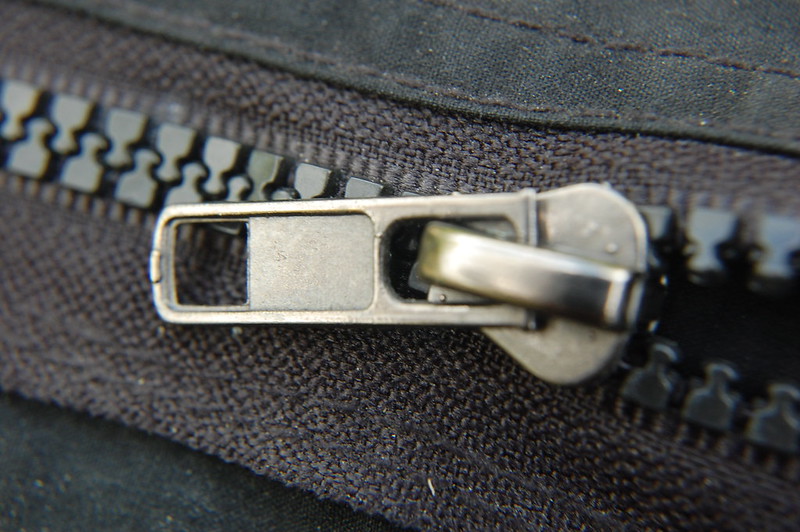
The zipper’s invention can be traced back to the 1890s, though it took several decades for it to catch on. Its initial awkward design was cumbersome, and many people doubted its practicality. However, after improvements in design and functionality, it became an essential part of clothing, bags, and outdoor gear. The zipper’s simplicity and reliability have made it one of the most-used fasteners in the world. From fashion to industrial applications, the zipper has transformed countless industries. Who would have thought such a tiny device could hold so much together?
Q-Tips

What started as a cotton swab for cleaning babies’ ears became a widely used household item. Invented by Leo Gerstenzang in the 1920s, Q-Tips quickly found use beyond personal hygiene. Artists, makeup enthusiasts, and even medical professionals have discovered creative ways to use them. The design has remained largely unchanged over the decades, a testament to its ingenuity. It’s one of those small inventions that serve a big purpose. Versatility sometimes lies in the simplest of forms.
The Credit Card

In the 1950s, Frank McNamara forgot his wallet while dining out, which led to the creation of the credit card. This small piece of plastic changed how we spend and manage money, eliminating the need to carry cash everywhere. It has shaped the modern economy, giving rise to consumer credit and the financial systems we use today. The ability to “buy now, pay later” has transformed shopping habits and created global markets. From a forgotten wallet to an economic revolution, the credit card has left a lasting mark. It’s hard to imagine life without it now.
The Microwave Oven
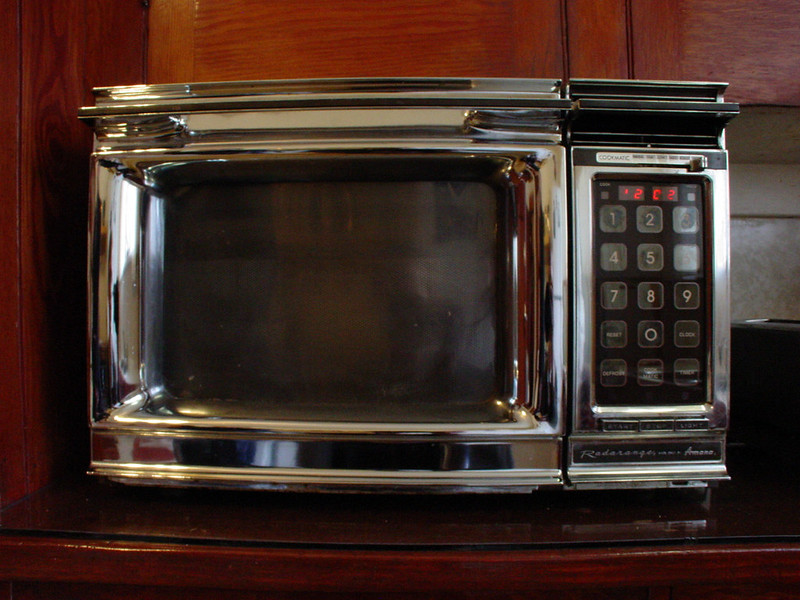
The microwave was discovered accidentally in the 1940s by Percy Spencer while working with radar technology. He noticed a chocolate bar in his pocket melting from the radar waves, leading to the idea of cooking with microwaves. This once-novel invention revolutionized home cooking, making meal preparation faster and more convenient. Today, the microwave is a standard appliance in nearly every kitchen. What started as a radar experiment now helps millions of people heat their meals daily. Sometimes, science and convenience collide in unexpected ways.
Play-Doh

Originally intended as a wallpaper cleaner in the 1930s, Play-Doh found a new life as a children’s toy in the 1950s. Its pliable, non-toxic formula quickly made it a favorite among kids, parents, and educators. It wasn’t long before Play-Doh became a household staple, encouraging creativity and hands-on learning. The invention is still a best-seller, with new colors and tools constantly being introduced. What began as a practical cleaning solution transformed into a beloved toy. It’s a reminder that ingenuity often springs from adaptation.
The Rubber Band
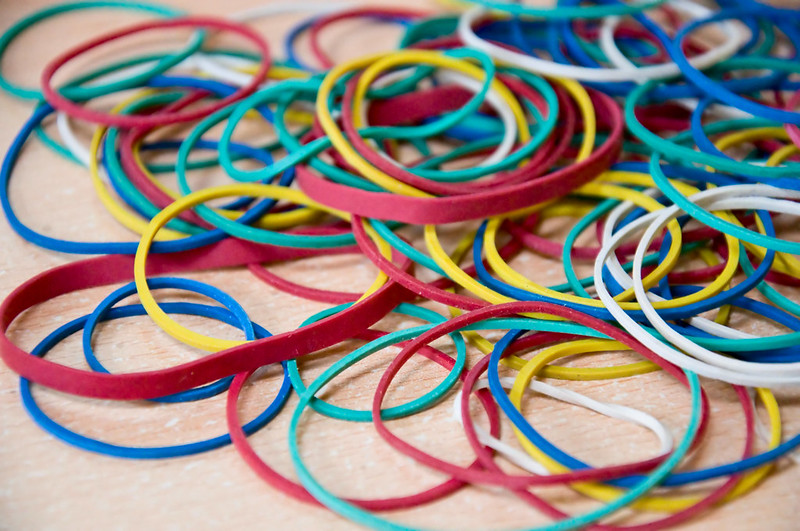
Though simple, the rubber band revolutionized organizational tasks. Invented in the 19th century from vulcanized rubber, it quickly became a versatile tool for bundling, securing, and organizing items. Whether in offices, kitchens, or garages, the rubber band has found countless uses. It’s a testament to how something so small and unassuming can have a huge impact. Rubber bands are now indispensable in many industries, from postal services to healthcare. The invention might seem strange, but its utility is undeniable.
The Lava Lamp
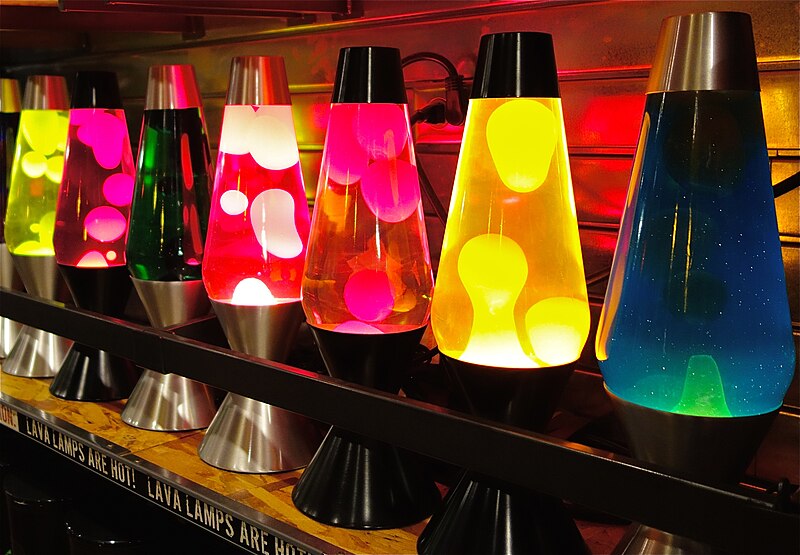
The Lava Lamp, created in the 1960s, was originally conceived as a quirky decoration but soon became a symbol of the counterculture movement. Its mesmerizing, slow-moving blobs of liquid fascinated viewers, turning it into an iconic fixture in homes across the globe. Although its practical use is minimal, the Lava Lamp’s visual appeal has made it a lasting piece of pop culture. The invention thrives on its uniqueness and ability to evoke nostalgia. Sometimes, beauty and art are enough to change the world. Its impact remains undeniable in design.
The Electric Blanket

Developed in the early 20th century, the electric blanket has kept people warm on cold nights for over a century. It uses electric heating wires embedded in a blanket to provide adjustable warmth. Though it may seem like a peculiar invention, it has drastically improved comfort during the winter months. From hospitals to homes, the electric blanket has become a popular source of warmth and relaxation. As simple as it seems, it has revolutionized the way people sleep in colder climates. Practicality and comfort go hand in hand with this invention.
The Yo-Yo
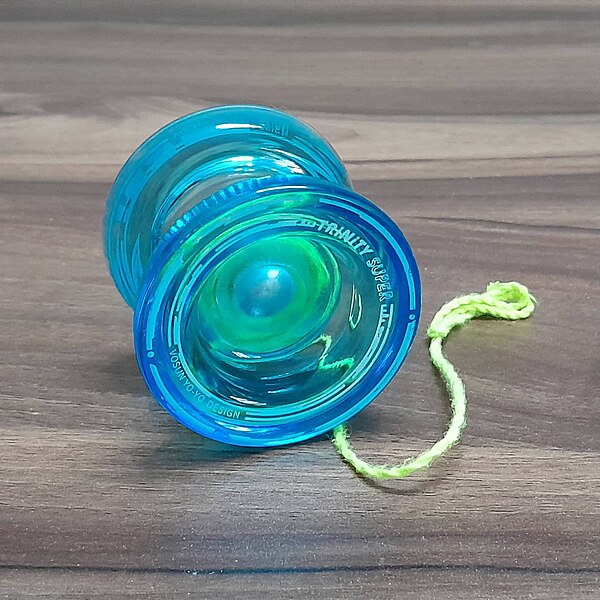
While the Yo-Yo’s origins date back to ancient Greece, it wasn’t until the 20th century that it became a worldwide sensation. It evolved from a simple toy to a competitive sport, with enthusiasts performing intricate tricks and routines. Despite its strange simplicity, the Yo-Yo’s popularity skyrocketed in the 1920s, and it has remained a beloved pastime ever since. Today, it serves both as a toy and a tool for developing hand-eye coordination. Its long-lasting appeal proves that some inventions never go out of style. Sometimes, the simplest designs endure through generations.
The Umbrella

Though the umbrella may seem like an ordinary everyday item, its invention dates back to ancient civilizations. Originally used for shade rather than rain protection, the umbrella has undergone many design changes over the centuries. Its strange, folding mechanism has made it indispensable in bad weather. From ancient royalty to modern commuters, people across the world rely on umbrellas daily. As odd as its design may be, it is now one of the most practical and universal tools. Function often follows form in unexpected ways.
The Disposable Diaper

Before the invention of the disposable diaper in the mid-20th century, parents had no choice but to use cloth diapers, which were messy and time-consuming to clean. The introduction of disposable diapers revolutionized childcare, saving time and making life easier for parents. Today, they are a multi-billion-dollar industry and essential for families around the world. The invention may seem simple, but it has had a profound impact on everyday life. Convenience and practicality helped change the face of parenting. Strange or not, it’s a game-changer.
The Safety Pin
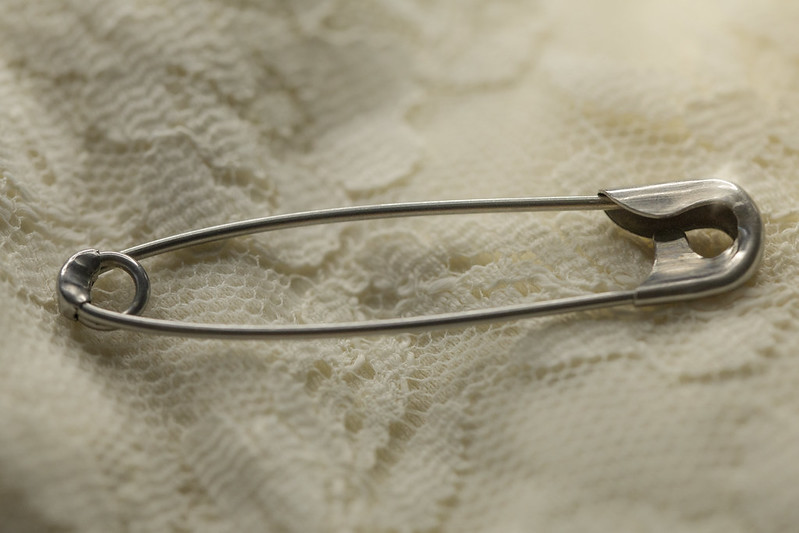
The safety pin, invented in 1849, was designed as a quick solution to secure pieces of fabric. Though it may seem like a minor invention, its versatility has made it indispensable in clothing, crafts, and even first aid. The simple yet effective design has stood the test of time, and it remains a household staple. It’s often used for last-minute wardrobe fixes or small repairs. Its impact might be understated, but the safety pin has held things together for over a century. Simplicity and function combine in this tiny invention.
The Paperclip
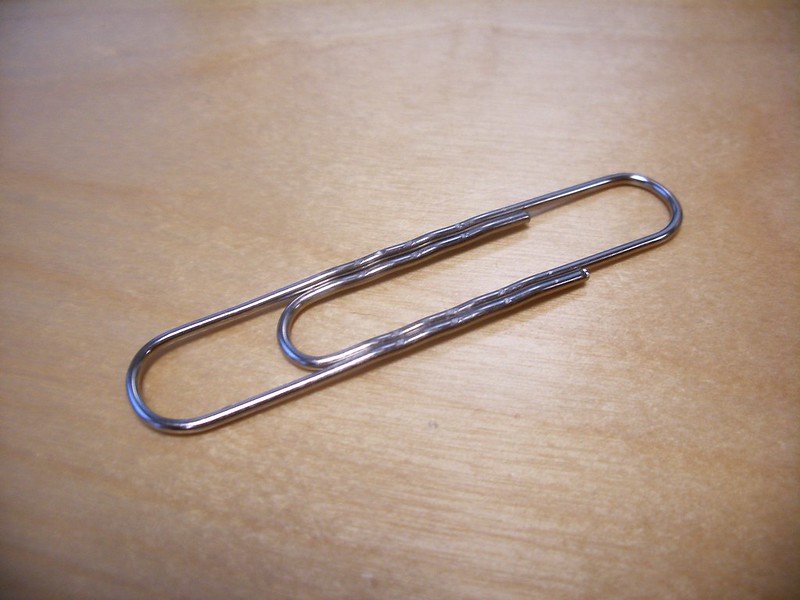
The paperclip is another deceptively simple invention that changed office work forever. Invented in the late 19th century, it quickly became the go-to tool for organizing documents. While its design is minimalistic, the paperclip has become an indispensable office supply around the world. Its ability to securely bind papers without damaging them was a breakthrough in workplace efficiency. Despite its small size, the paperclip continues to make a big difference in how we stay organized. Strange as it may seem, this invention has stood the test of time.
This article originally appeared on Rarest.org.
More From Rarest.Org
Antique clocks hold a special allure for collectors and history enthusiasts alike. These timepieces, often crafted with extraordinary detail, offer a glimpse into the artistry and engineering of their eras. Read more.
Throughout the world, certain animals have become powerful symbols of conservation efforts. These creatures often face extreme threats, from habitat loss to poaching. They represent the urgent need to protect biodiversity and maintain a balanced ecosystem. Read more.
Human activity is rapidly impacting wildlife across the globe, pushing many native species to the brink of extinction. From habitat destruction to poaching, the consequences are dire. Read more.

